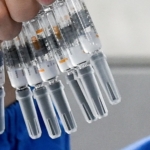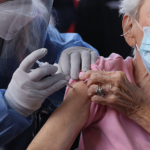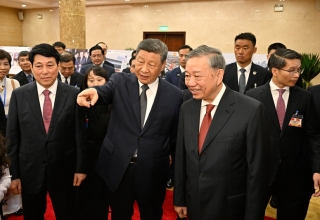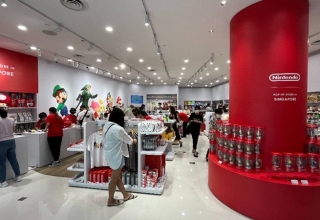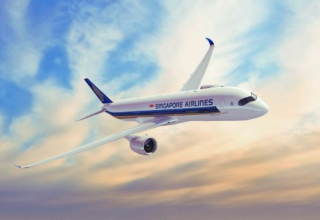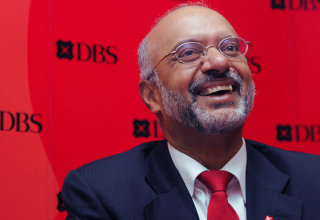
When Ignasi Biosca-Reig learned that amoxicillin was in limited supply in Spain, he immediately expanded shifts at his company’s plants to increase output of the popular antibiotic. However, he could only accept a few extra shifts.
Biosca-Reig stated that he could not justify investing millions of euros in new production lines unless he was compensated much more for the generic medication to meet drastically escalating expenses.
Spain, like many other European nations, set the amount manufacturers are paid for pediatric amoxicillin when the generic form of the drug was first introduced in the country twenty years ago, and it has not changed since.
Biosca-Reig, the CEO of the Spanish pharmaceutical company Reig Jofre, stated, “It’s not a business.”
“We wished to respond, but there was an issue,” he explained. “As costs rise, the price remains unchanged.”
As a result of the easing of pandemic restrictions, respiratory illnesses have returned with a fury in many parts of the world, but the problem is particularly severe in Europe.
With generic drug prices regulated, many European drugmakers have expressed reluctance to increase capacity at a time when the war in Ukraine has pushed up the price of everything from energy for factories to cardboard for packaging to aluminum for bottle caps, indicating that additional shortages are likely.
According to 13 European manufacturers and six generic medicine industry associations and trade groups who contacted with Reuters, many companies are struggling to make enough money to support the production of antibiotics, let alone boost production.
“We cannot maintain capped price when all of our production, logistical, and regulatory compliance costs are increasing by double digits or more,” said Adrian van den Hoven, director general of the lobbying organization Medicines for Europe, which represents generic medicine manufacturers in Europe.
For competitive concerns, the businesses with which Reuters interviewed declined to provide margins for individual generics.
Before initiating tenders, several European governments establish a reference price for discussions with suppliers by comparing the price of a generic pharmaceutical to other markets in the region or to similar drugs sold domestically.
They often award contracts to the lowest-priced manufacturer, which results in further downward pressure on prices in following tenders, according to drugmakers.
Keep Reading
According to Pharmaceuticals for Europe, generic medicines currently account for approximately 70% of all medicines supplied in Europe, but only 29% of the money spent on drugs by national health agencies.
According to European generic medication manufacturers, the tender system and regulated prices have spurred a race to the bottom, and Asian suppliers are undercutting European enterprises.
In the past decade, this has compelled a number of European corporations to either reduce output or relocate production of generics and active pharmaceutical ingredients (APIs) to India and China, where costs are significantly cheaper.
In order to avoid future shortages and to prevent the continent from becoming even more reliant on Asia for important medications, industry insiders assert that a reevaluation of pricing systems is the only option to revitalize production in Europe.
The European Medicines Agency (EMA) and European Union legislators recognize an issue exists.
Since the shortages were initially reported in October, the EMA and the European Commission have met repeatedly with drug manufacturers and trade groups, but no meaningful action has been announced, according to all parties concerned.
Also Read: What are Sara Duterte’s plans as the President of the Southeast Asian Education Organization?
Last month, the chief medical officer of the EMA, Steffen Thirstrup, told Reuters that it was rare for so many nations to notice shortages of the same drugs, but he predicted that demand will decrease as warmer weather approaches.
In the meanwhile, alternate medications may be used if amoxicillin is unavailable, according to Thirstrup.
However, a number of patient advocacy groups warned last month that substitutes were now threatening the availability of additional medications.
In March, the European Commission is expected to propose amendments to the bloc’s medicines law.
It is suggesting measures such as mandating manufacturers to retain larger reserve supplies and provide early warnings of shortages, but CEOs also want Brussels to support their calls for governments to modify their tendering and pricing procedures.
“The key long-term issue is not the production cost, but rather the overall European market framework, which does not permit us as a producer to adjust prices flexibly to reflect changes in input costs, particularly for essential medicines,” said Giovanni Barbella, global supply chain head at Sandoz, the generic division of Swiss pharmaceutical giant Novartis.
In 2003, the price of 60 ml of pediatric amoxicillin in Spain was regulated at 98 cents ($1.05) This became the pricing for 40 ml in 2013, and it has not changed since then. Half of the generic drugs supplied in Spain are priced at less than 1.60 euros per box or bottle, according to the generics manufacturers organization of the nation.
According to drug pricing expert Melissa Barber, antibiotic generic prices in the United Kingdom are comparable to those in Spain, whereas in Germany, the largest generics market in Europe, the average amount manufacturers receive has decreased by 66% over the past decade, according to Germany’s generic drug association Pro Generika.
Elisabeth Stampa, a member of the advisory board of the Spanish pharmaceutical business Medichem, stated that in the majority of European countries there is no system to assess pricing, link them to inflation, or explain an increase due to the scarcity of APIs.

